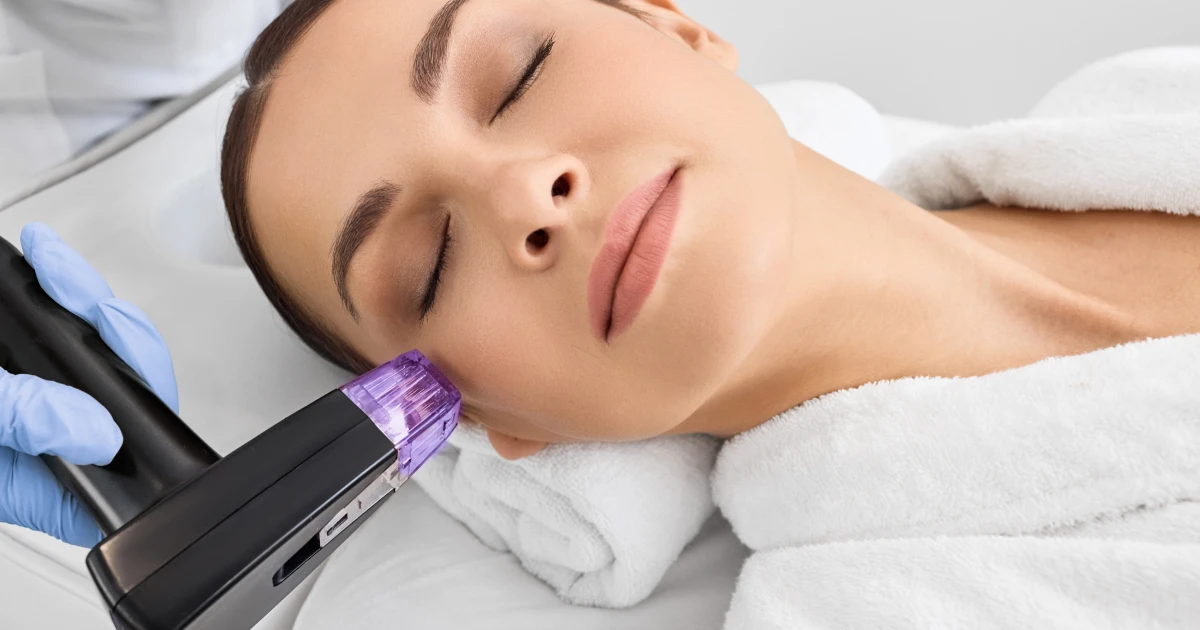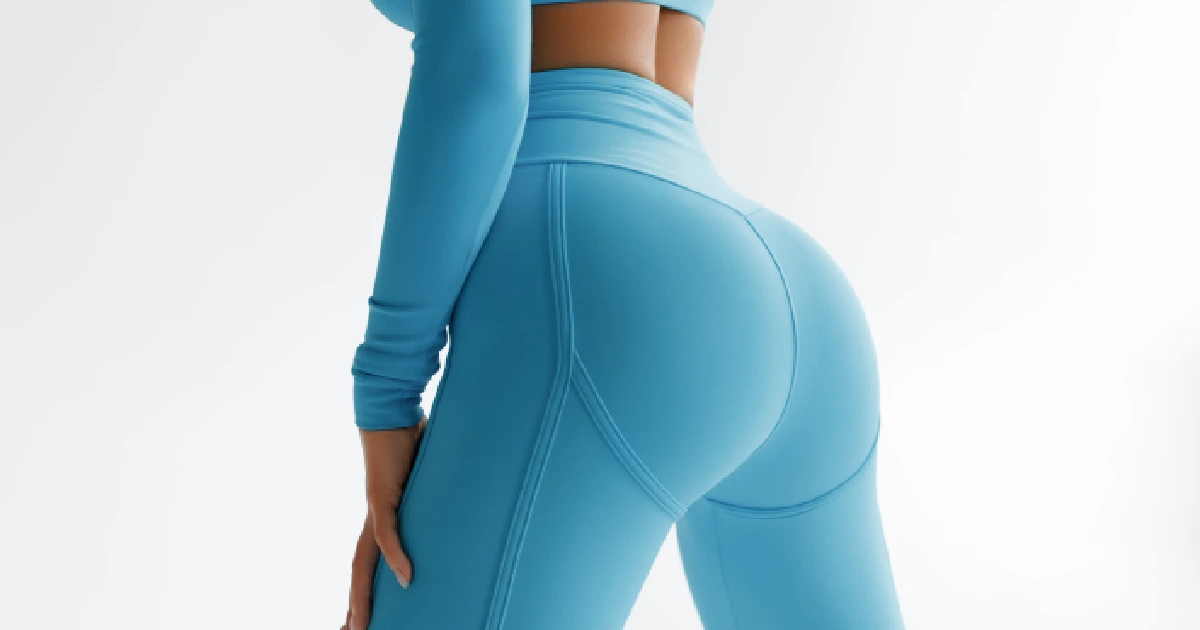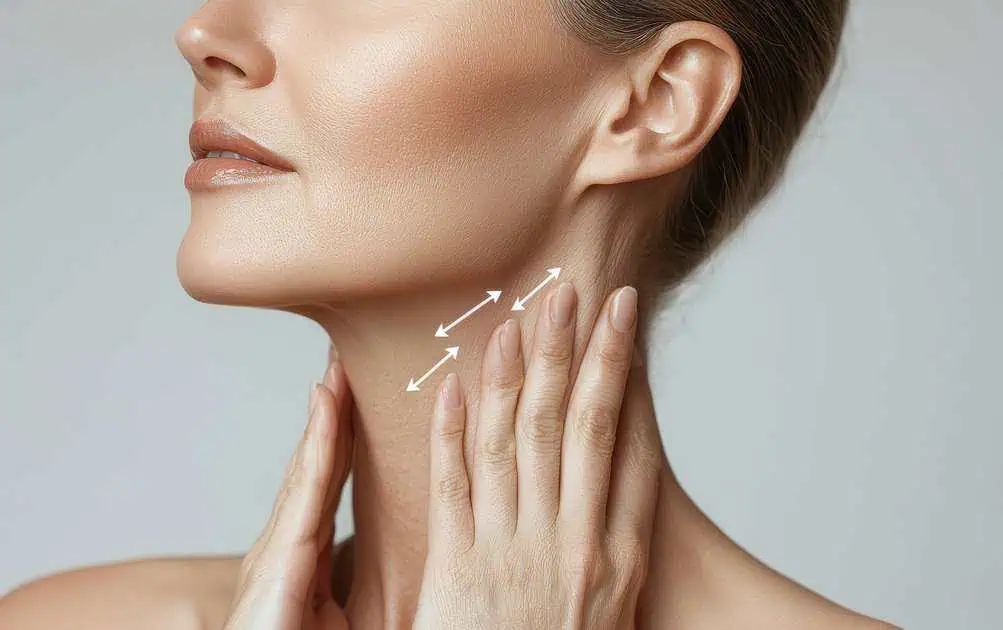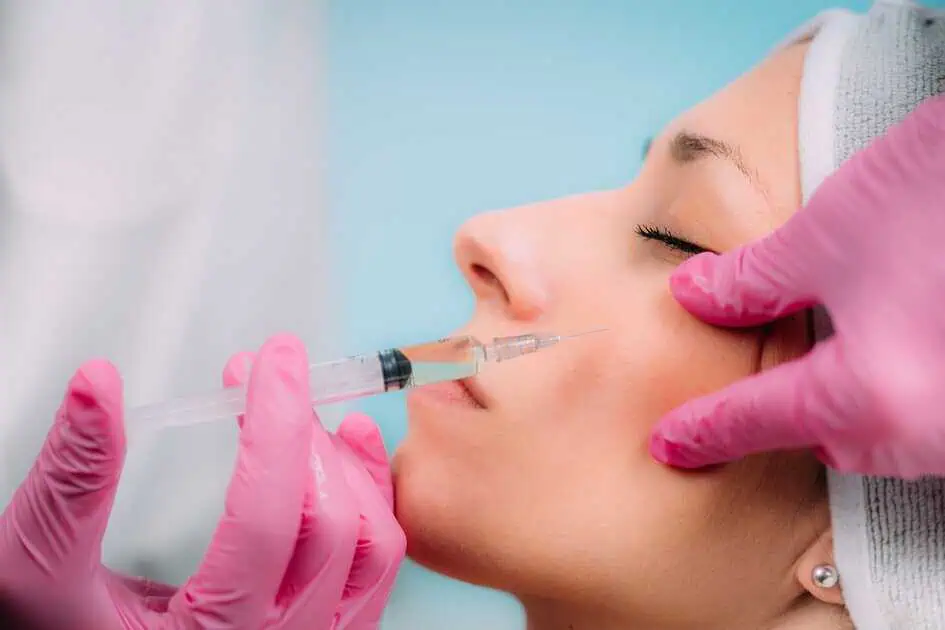Introduction
Cosmetic treatments have gained immense popularity over the years, allowing individuals to enhance their appearance and regain youthful features. Two commonly sought-after treatments in aesthetics are dermal fillers and Botox. While both serve the purpose of rejuvenating the skin, it’s essential to understand the differences between these treatments to decide which one is right for you. In this article, we’ll delve into the contrasting characteristics of dermal fillers and Botox and guide you toward choosing the most suitable option for your needs.
Definition and Purpose of Dermal Fillers
Dermal fillers refer to injectable substances designed to add volume, restore contours, and diminish the appearance of wrinkles, lines, and folds on the face. These fillers typically consist of hyaluronic acid, a naturally occurring substance in the body that attracts and retains moisture, providing hydration and plumpness to the skin. Dermal fillers address various areas of concern, including nasolabial folds, marionette lines, hollowed cheeks, and thin lips. Some popular brands of dermal fillers include Juvederm, Restylane, and Radiesse.
Definition and Purpose of Botox
Botox, conversely, is a purified form of botulinum toxin type A, a neurotoxic protein produced by the bacterium Clostridium botulinum. It temporarily paralyzes the muscles responsible for causing wrinkles and fine lines, thereby reducing their appearance. Botox is used to treat dynamic wrinkles caused by repetitive facial movements, such as frown lines, crow’s feet, and forehead wrinkles. Besides its cosmetic applications, Botox is also used to address medical conditions such as migraines, excessive sweating (hyperhidrosis), and muscle spasms.
Mechanism of Action
The mechanisms of action for dermal fillers and Botox differ significantly. Dermal fillers add volume to specific areas of the face, filling in wrinkles, lines, and folds. They are injected beneath the skin’s surface to restore lost volume and enhance facial contours, providing a youthful appearance. On the other hand, Botox works by temporarily blocking nerve signals to the muscles, effectively paralyzing them. By inhibiting muscle contractions, Botox reduces the formation and deepening of wrinkles, resulting in a smoother and more relaxed facial appearance.
Differences in Composition
Dermal fillers primarily consist of hyaluronic acid, a natural substance well-tolerated by the body. Hyaluronic acid attracts and binds water molecules, providing hydration and plumpness to the skin. It gradually breaks down over time and is naturally metabolized by the body. Botox, conversely, is a purified protein derived from the bacterium Clostridium botulinum. It is produced through a complex manufacturing process that ensures its safety and effectiveness in cosmetic and medical treatments.
Areas of Application
Dermal fillers are commonly used to address various facial areas, including the cheeks, lips, nasolabial folds (lines from the nose to the mouth), marionette lines (lines from the corners of the mouth to the chin), and under-eye hollows. They can also be used for non-surgical nose reshaping and chin augmentation. On the other hand, Botox is typically used on the upper face to target dynamic wrinkles, including frown lines between the eyebrows, crow’s feet around the eyes, and horizontal forehead lines. Botox injections are strategically administered to specific muscles to achieve the desired cosmetic effect.
Duration of Results
The duration of results varies between dermal fillers and Botox. Dermal fillers typically provide immediate results that can last anywhere from six months to two years, depending on the specific filler used and individual factors such as metabolism and lifestyle. Over time, the body naturally breaks down and absorbs the filler, necessitating follow-up treatments to maintain the desired outcome. Botox, on the other hand, provides quick results that typically last around three to six months. Follow-up treatments are required to sustain the effect as the muscle activity gradually returns.
Risks and Side Effects
Unlike any cosmetic treatment, dermal fillers and Botox carry certain risks and side effects. Common side effects of dermal fillers include temporary redness, swelling, bruising, and tenderness at the injection site. In rare cases, allergic reactions or infections may occur. Botox injections may cause mild side effects such as bruising, swelling, and redness, which generally resolve within a few days. Rare complications may include drooping eyelids or eyebrows, asymmetry, and difficulty swallowing or breathing. It is crucial to consult a qualified medical professional to minimize the risks and ensure safe and effective treatment.
Choosing the Right Treatment
When deciding between dermal fillers and Botox, several factors should be considered. Firstly, it’s important to identify your specific concerns and goals. Dermal fillers are effective for adding volume and enhancing facial contours. In contrast, Botox is more suitable for addressing dynamic wrinkles caused by muscle movement. Consulting with a qualified professional, such as those at Preva Aesthetics LLC (visit prevaaesthetics.com), can provide valuable guidance and help you make an informed decision tailored to your needs and expectations.
Conclusion
Understanding the difference between dermal fillers and Botox is crucial when considering cosmetic treatments. Dermal fillers add volume and restore contours, primarily addressing areas of lost volume and deep wrinkles. On the other hand, Botox temporarily paralyzes muscles to reduce the appearance of dynamic wrinkles caused by repetitive facial movements. You can receive expert advice and personalized treatment options by consulting with a qualified professional like Preva Aesthetics LLC. Whether you choose dermal fillers or Botox, a well-informed decision will lead to a more satisfying outcome. Visit prevaaesthetics.com to learn more about the range of treatments offered and take the first step towards enhancing your natural beauty.






